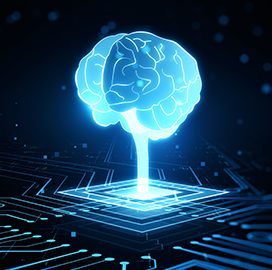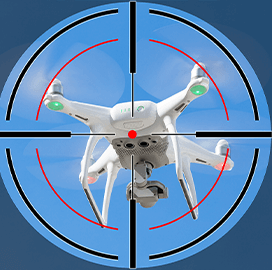
Artificial intelligence
Booz Allen Demonstrates AI-Aided Manned Flight for Air Force
Booz Allen Hamilton has performed the first known artificial intelligence-aided manned flight in support of the Air Force Air Combat Command’s 9th Reconnaissance Wing U-2 Federal Laboratory.
The team operationalized an AI algorithm on a Lockheed U-2 “Dragon Lady” to help a pilot complete a complex mission, Booz Allen said Wednesday.
“The threats facing our national security are increasingly sophisticated and it will be critical to move new innovations from the lab to the real world to combat them," said Dick Johnson, senior vice president at Booz Allen.
The company said it accelerated the development process by modifying an open-source reinforcement algorithm and developing a web-based user interface for the pilot.
Booz Allen also created two sensor-sharing and control games for the AI algorithm to learn from, training it to execute in-flight tasks.
The company added that it relied on the automation of management and execution of containerized applications to deploy AI capabilities and speed up the software delivery process.
The Federal Lab already takes advantage of edge-processing containerized microservices to improve system performance and enhance prototype results within normal acquisition timelines.
“This U-2 flight is an important step, demonstrating the ability of AI to work in coordination with highly skilled operators to propel complex missions forward,” Johnson added.
Booz Allen is an information technology and services company that provides consulting, analytics, digital, engineering and cyber solutions to customers from the defense, health and energy sectors, among others.

Category: Future Trends




